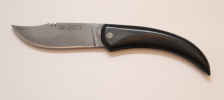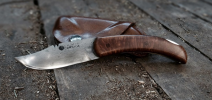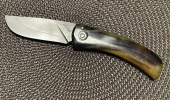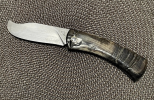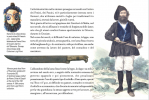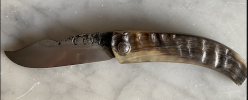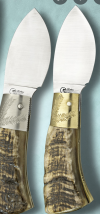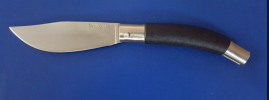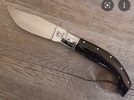I think there are two different questions in your post : blade shape and friction.
About the blade shape I agree it's linked to the job to do. Rural works are not urban ones. When you have to cut ropes, skin an animal, cut the sausage you need a blade and if you are in a town and use your knife to eat in a plate it's another blade. Modern life changed our expectations and we use to think that a good blade can do everything. But we have to remember that in the 1900 countryside the peasants had 2 or 3 knives, each one fo specific tasks. The Sardinian man had 3 different knives.
About the friction : when you have a Pattada or a curnicciolu if the friction become loose, two big stones and you can fix your knife. Two parts mean a few malfunction reasons. When you have a slip joint there are a lot of malfunction reasons and for each one you need tools to fix it.
I love the American slip joints knives but I'm an urban guy with specific occasions to use my knife. I would be in the countryside I think I would have my Pattada with me

.
Â


